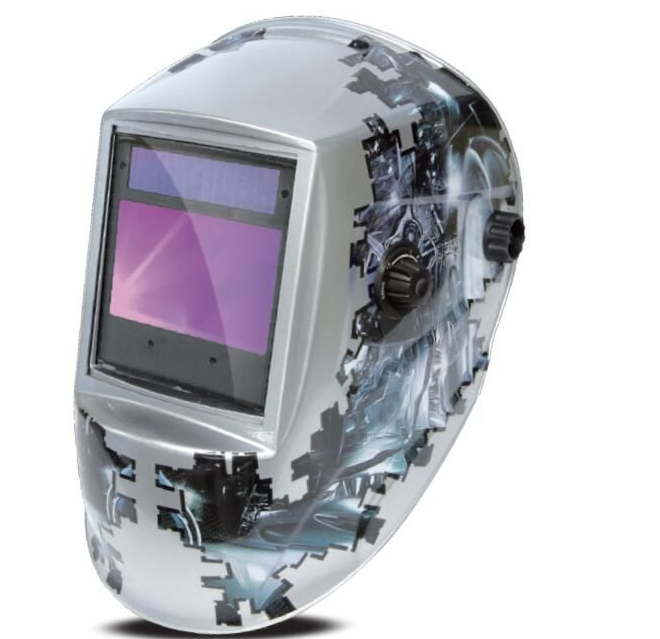Welding is a vital process in various industries, but it also poses significant risks to the eyes due to the intense light and harmful radiation generated during the welding operation. A welding helmet is an essential piece of safety equipment designed to protect the welder's eyes from these hazards. In this article, we will explore how a welding helmet safeguards the eyes and why it is crucial for any welding operation.
1. Shielding Against Harmful Light
One of the primary ways a welding helmet protects the eyes is by shielding them from the intense light produced during the welding process. When a welder strikes an arc, a blindingly bright light is emitted. This light includes ultraviolet (UV) and infrared (IR) rays, which can be extremely harmful to the eyes if not properly blocked. A welding helmet's lens is specially designed to filter out the majority of UV and IR rays, ensuring that they do not reach the welder's eyes.
2. Auto-Darkening Technology
Many modern welding helmets are equipped with auto-darkening technology. This feature is a significant advancement in eye protection during welding. Auto-darkening helmets have sensors that detect the arc's brightness and automatically adjust the lens's shade to protect the welder's eyes. When the welding arc is struck, the lens darkens in a fraction of a second, reducing the risk of flash burns and eye strain.

Large View Welding Helmet
3. Optical Clarity
Welding helmets provide optical clarity, ensuring that welders can see their workpieces clearly while staying protected. The lenses in welding helmets are designed to be free from distortions, allowing welders to maintain precise control over their welding operations. This clarity is crucial for maintaining weld quality and avoiding costly mistakes.
4. Physical Protection
Aside from protecting against harmful light, welding helmets also offer physical protection for the eyes. They shield the eyes from sparks, spatter, and debris generated during the welding process. Without this protection, these particles could easily find their way into the eyes and cause injuries or irritation.
5. Full-Face Coverage
Welding helmets typically provide full-face coverage, which includes protection for the entire eye area, as well as the face and neck. This comprehensive coverage ensures that welders are shielded from all angles, reducing the risk of exposure to harmful welding-related hazards.
6. Compliance with Safety Standards
Welding helmets are designed and manufactured in accordance with strict safety standards. These standards ensure that helmets are capable of withstanding the harsh conditions of welding environments while effectively protecting the eyes. Compliance with safety standards gives welders confidence in the reliability of their eye protection equipment.
Conclusion
A welding helmet is a critical piece of safety gear for anyone involved in welding activities. It safeguards the eyes by blocking harmful UV and IR rays, featuring auto-darkening technology, offering optical clarity, providing physical protection, and ensuring full-face coverage. By wearing a welding helmet, welders can work confidently, knowing that their eyes are shielded from the risks associated with welding processes, ultimately promoting a safer and more productive work environment.
Always ensure that your welding helmet is in good working condition and properly maintained to maintain optimal eye protection during welding activities.






